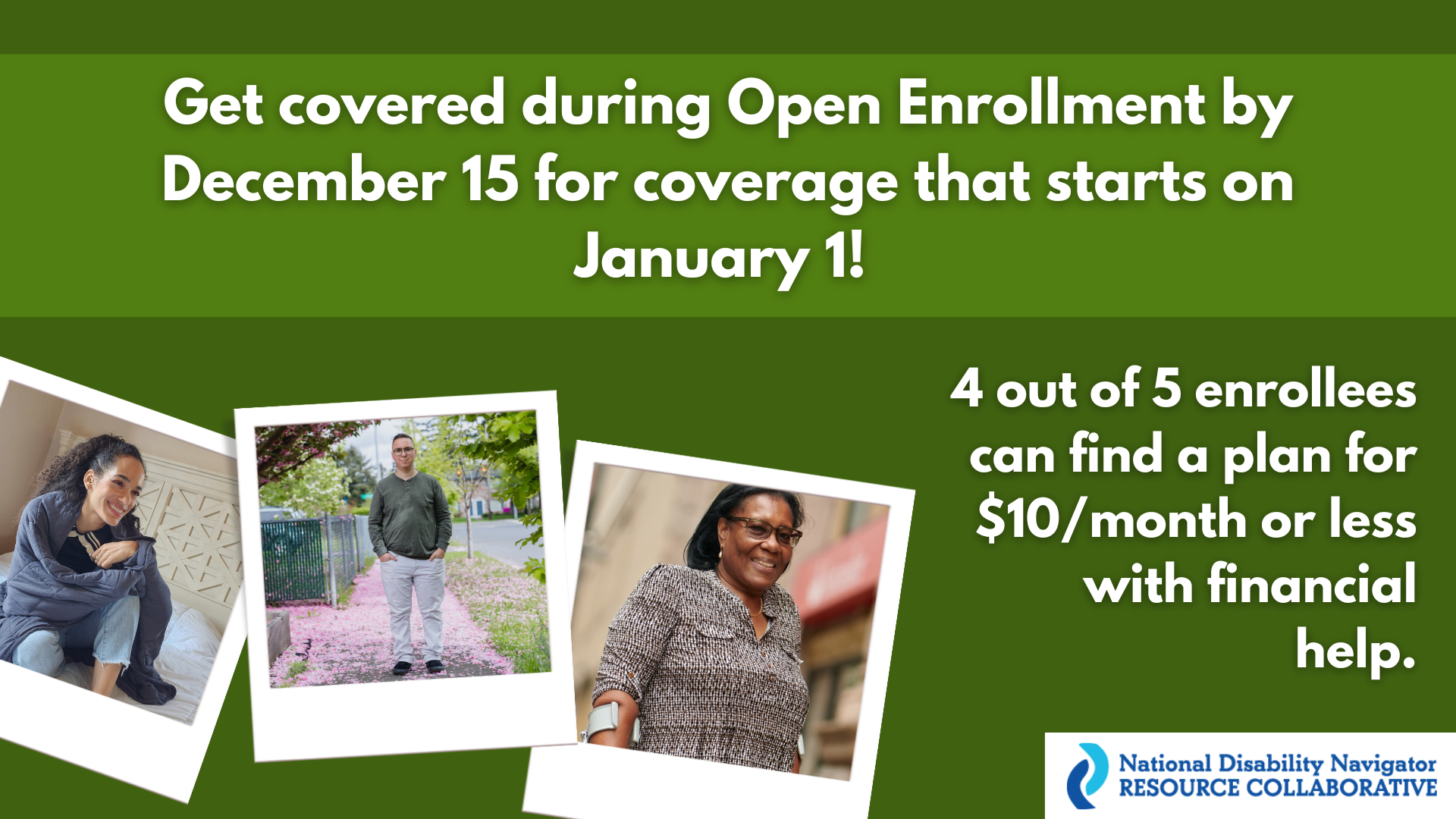The NDNRC wants to make sure that people with disabilities are aware of potential changes to their healthcare with the new administration taking office starting January 20, 2025. The disability community utilizes Medicaid and the Affordable Care Act (ACA)’s Marketplace plans at a higher rate than those without disabilities due to their unique needs.
By updating this newsletter with resources and educational pieces on where disability health policies stand, we hope to ensure that the disability community continues to have access to accessible and affordable healthcare coverage no matter what changes occur in the next four years.
The Kaiser Family Foundation (KFF) covered what administrative changes can be made in the new year to Medicaid. This includes waivers on work requirements, not continuing recent regulations, and potentially issuing guidance and policy to make it harder for consumers to have continuous and affordable coverage.
KFF also noted the status of each state on Medicaid expansion. As of 2024, 41 states including D.C. have expanded Medicaid programs for adults with incomes up to 138% of the Federal Poverty Level. This summary also includes Medicaid expansion resources that people with disabilities can access to ensure that they are receiving the most out of their healthcare coverage.
The National Academy for State Health Policy released a blog on the innovations to improve quality and access in Medicaid Managed Care for individuals with long-term care needs. This covers the growing need in state health policy to allot long-term services and supports for those who use Medicaid, like people with disabilities.
The Center on Budget and Policy Priorities discussed how people with Deferred Action for Childhood Arrivals can enroll in private health insurance from the Marketplace. They will also be eligible for financial assistance if they meet income and tax requirements.
Georgetown University’s Center on Children and Families released a brief on how states should act to ensure that all former foster youth are eligible to obtain Medicaid care through the continuity of coverage. This brief also includes a map of states with waiver authority that can cover this population.
Use CMS’ partner tools and toolkits to conduct outreach for OE. This includes social media posts, images, scripts, themed weeks, webinars, and more! Outreach materials are available in multiple languages. Get covered or make changes to existing plans today. Here are some important dates to keep in mind:
- December 15, 2024: the last day to enroll or change plans for coverage that starts on January 1, 2025
- January 15: the official end of OE and last day to enroll in coverage that starts on February 1, 2024
As a part of our partnership with the Center on Budget and Policy Priorities, we have updated Factsheets 1 through 16, excluding Factsheet 6 in anticipation for Open Enrollment (OE). Read an overall summary of relevant factsheets on our blog here. People with disabilities can expect to find a plan for less than $10 per month – visit HealthCare.Gov for more information.
Keep up with vaccinations this flu season and be prepared with free at-home COVID-19 tests that are accessible for people who are blind or have low vision and those with low manual dexterity. Through the Administration for Strategic Preparedness and Response (ASPR) and the United States Postal Service (USPS), test will be able to detect current COVID-19 variants and can be used through the end of 2024.
Archives of our weekly updates are available on the NDNRC website.

